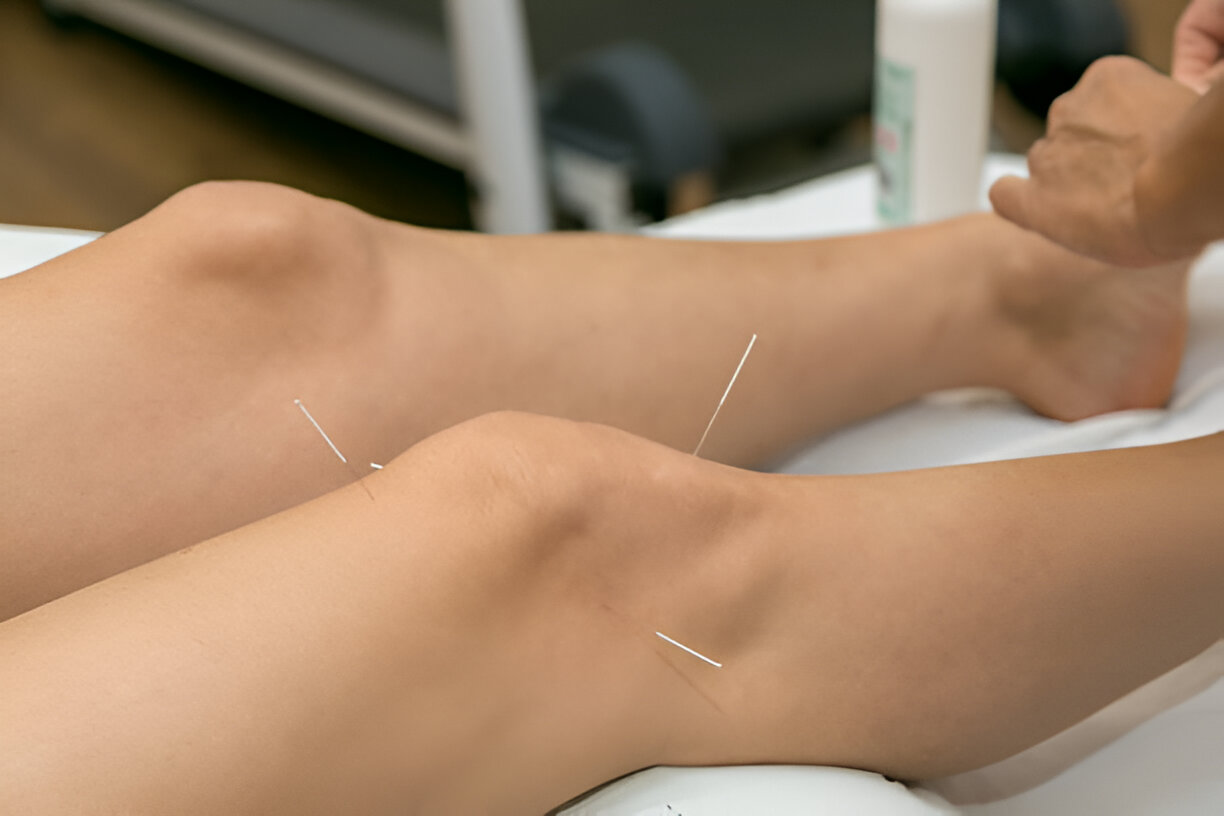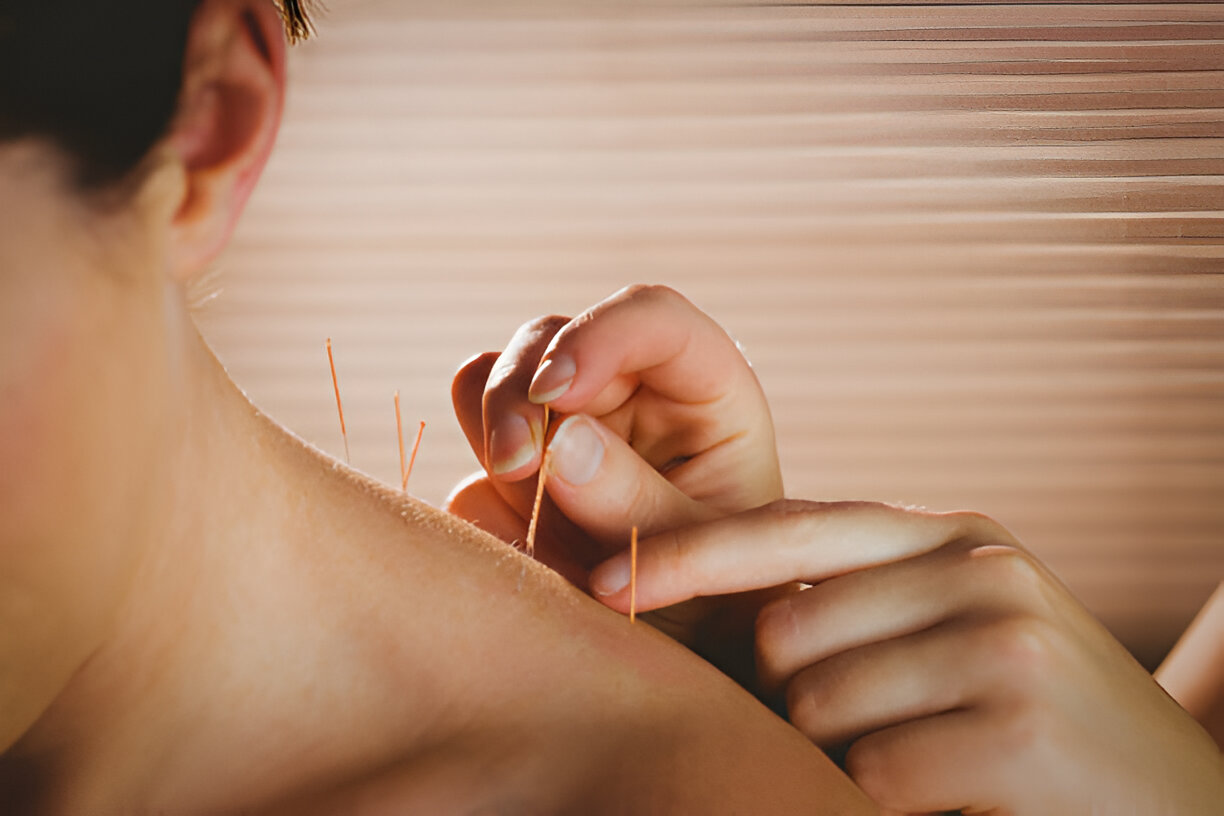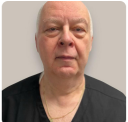Acupuncture is part of the ancient practice of Traditional Chinese medicine (TCM). TCM has evolved over thousands of years to prevent, diagnose, and treat disease. TCM believes that the body’s vital energy, called qi (pronounced chi), flows along specific channels or meridians. If the qi is balanced then the person has spiritual, emotional, and physical health. But when the qi isn’t in balance, disease may occur. Qi can be blocked, causing an imbalance between the yin and yang. This refers to two opposite but connected principles in Chinese philosophy TCM uses many approaches to create harmony between yin and yang and restore the correct flow of energy through the meridians.
Acupuncturists believe the human body has more than 2,000 acupuncture points. They are linked through the various meridians. The use of acupuncture on certain points within the meridians is believed to improve the flow of blocked or stagnant qi. Pain management and acupuncture can unblock these meridians. This restores the movement of qi and improves health.

The practice of acupuncture includes placing thin needles into the skin on certain points of a meridian. These are then activated by the provider’s hands or through electrical stimulation.
Acupuncture needles are sterile (to prevent infection) and about as thick as a strand of hair. The FDA regulates acupuncture needles just as it does other medical devices. You might use these needles warmed or at room temperature, depending on the patient and treatment. Most people report feeling little pain as the needle is put into certain points. Needles are only inserted to a point that causes a feeling of pressure or ache. Some people say acupuncture makes them feel energized. Others say they feel relaxed. Incorrect needle placement can cause pain during treatment.
Sometimes other forms of stimulation are used over the acupuncture points instead of needles. These include:
Many people in the U.S. get acupuncture treatment to ease long-term (chronic) pain. This includes arthritis and low back pain. However, acupuncture has other uses around the world. Before getting acupuncture, talk with your healthcare provider.

Studies have shown that acupuncture is effective alone or when used with conventional therapies to treat these conditions:
Musculoskeletal: Arthritis, Back pain, Neck pain, Muscle pain, Tennis elbow, Spasms/cramping, Fibromyalgia and Myofascial pain
Neurological: Headaches, Migraines. Neurogenic bladder dysfunction and Stroke recovery
Digestive: Gastritis, Irritable bowel syndrome, Nausea and Hemorrhoids
Emotional: Anxiety, Depression, Insomnia and Neurosis
Eye-Ear-Throat: Rhinitis, Sinusitis and Asthma
Respiratory: Allergic Rhinitis, Sinusitis and Bronchitis
Gynecological: Menstrual pain and menstrual cramps

Alexander Kuzminov, LAc received his Doctor of Acupuncture and Chinese Medicine from the Pacific College of Oriental Medicine and his...